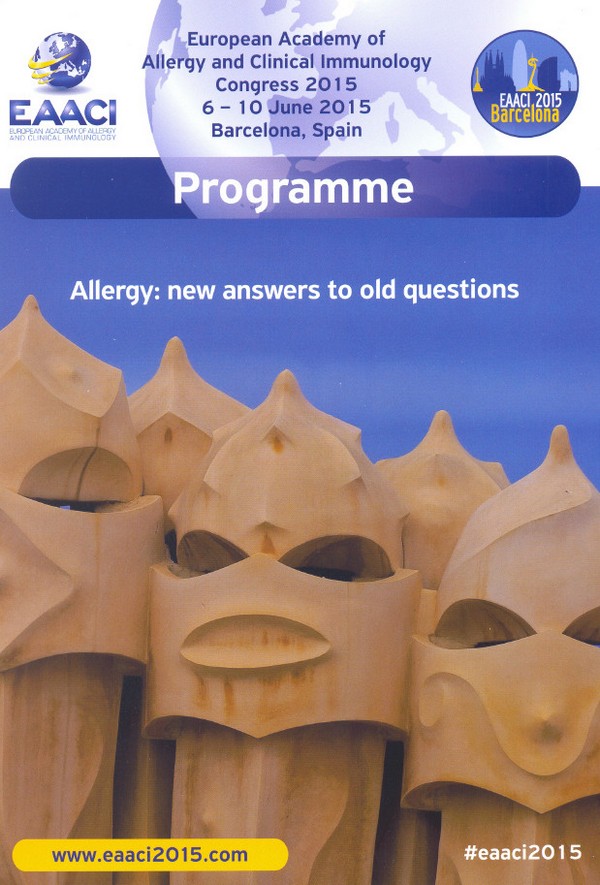
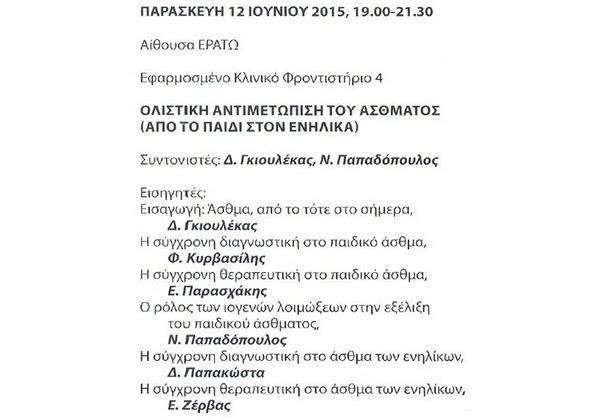
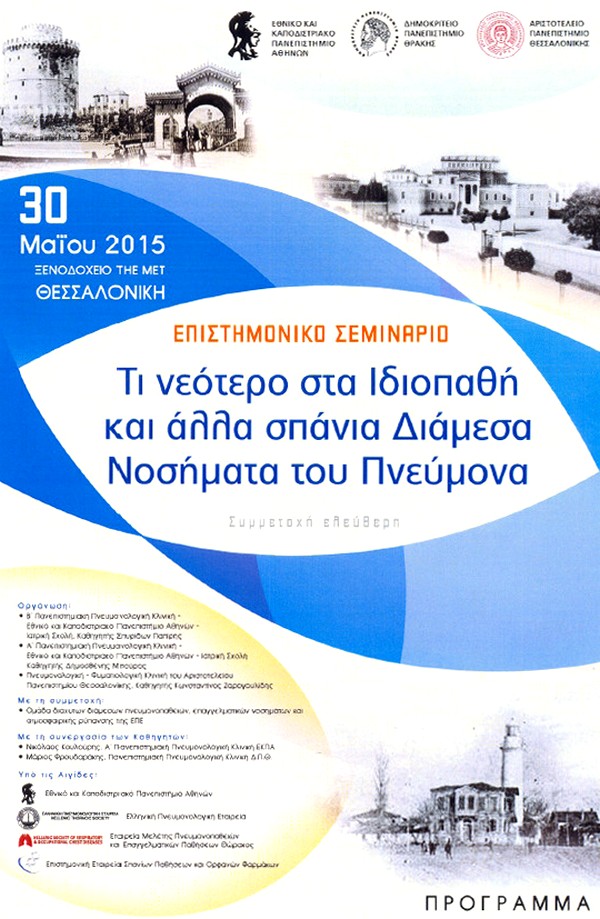
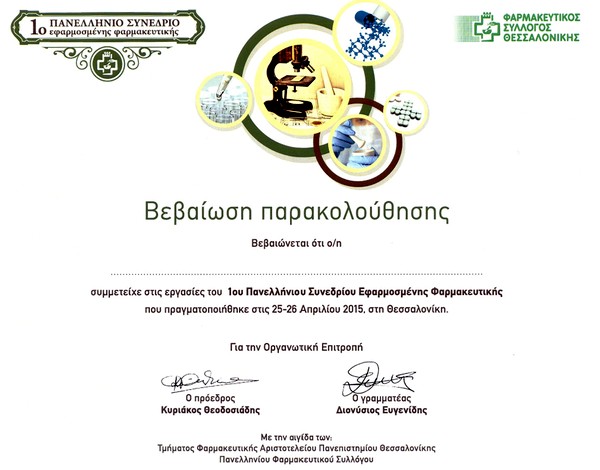
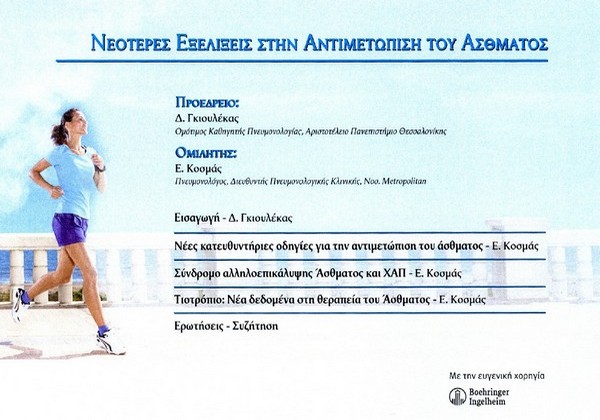
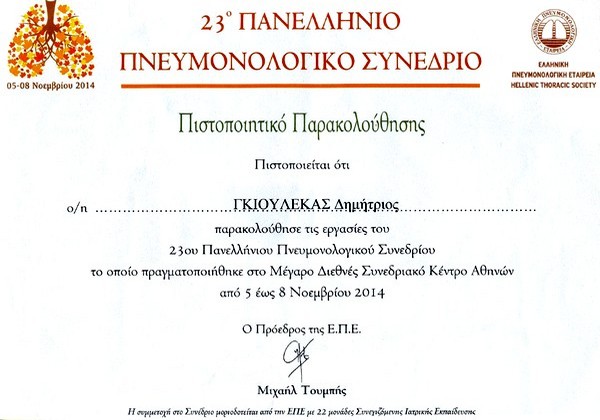
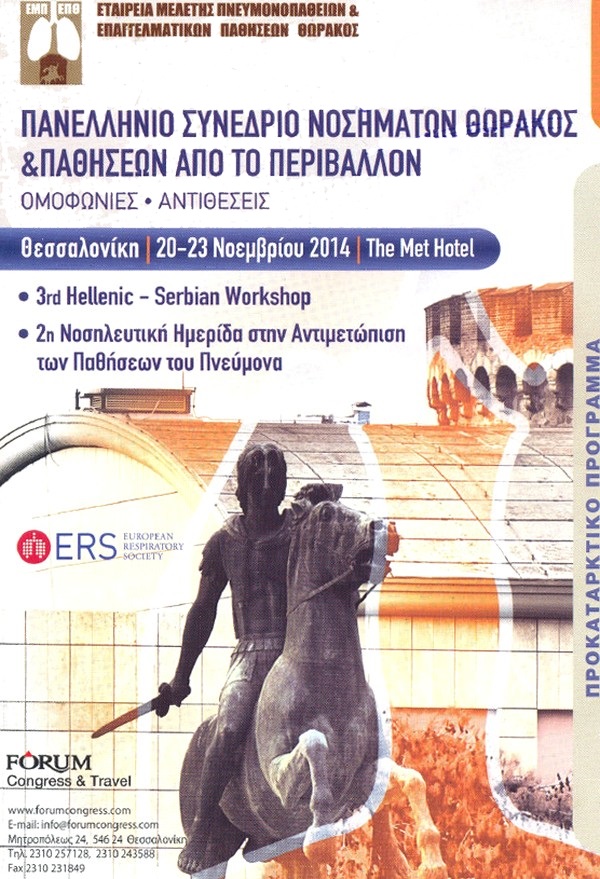
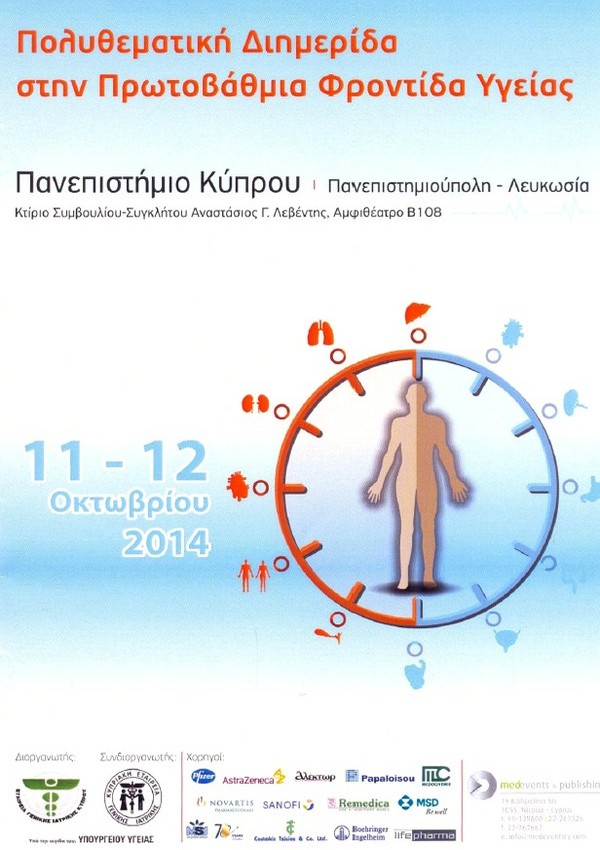
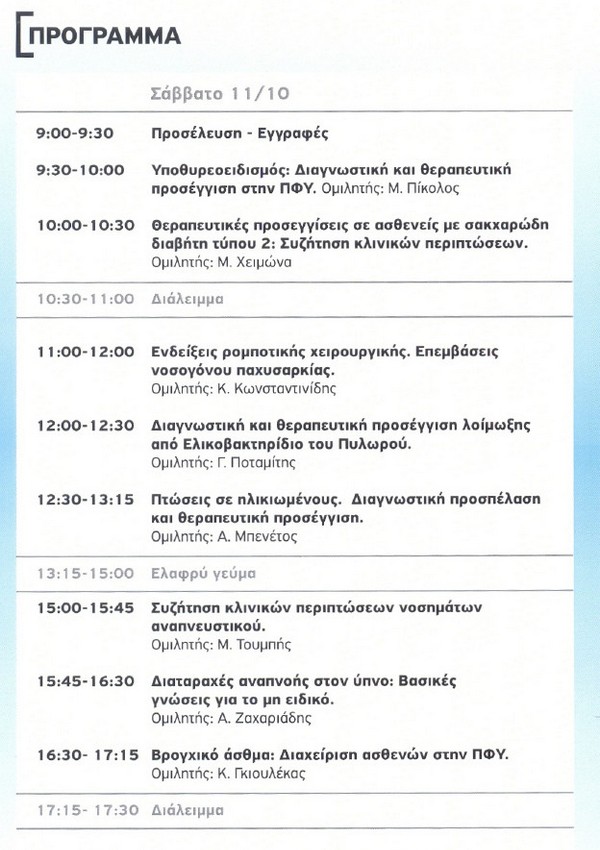
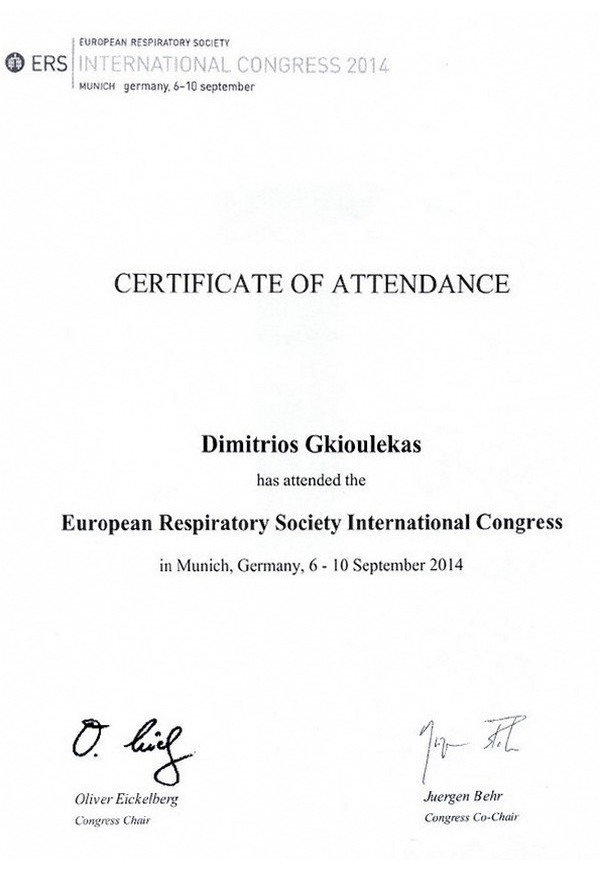
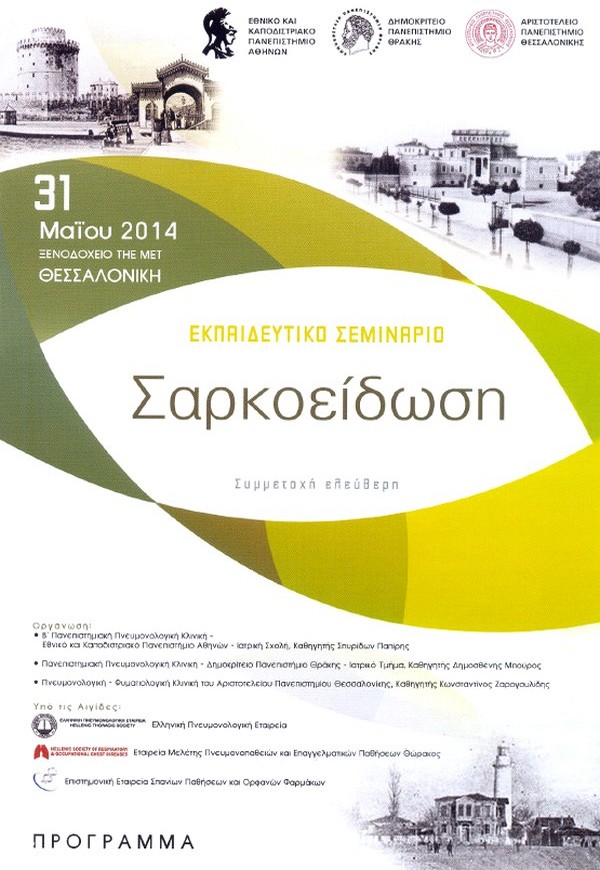
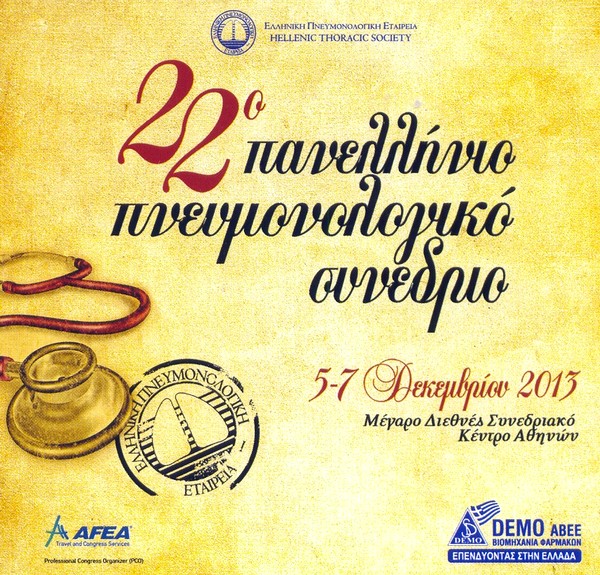
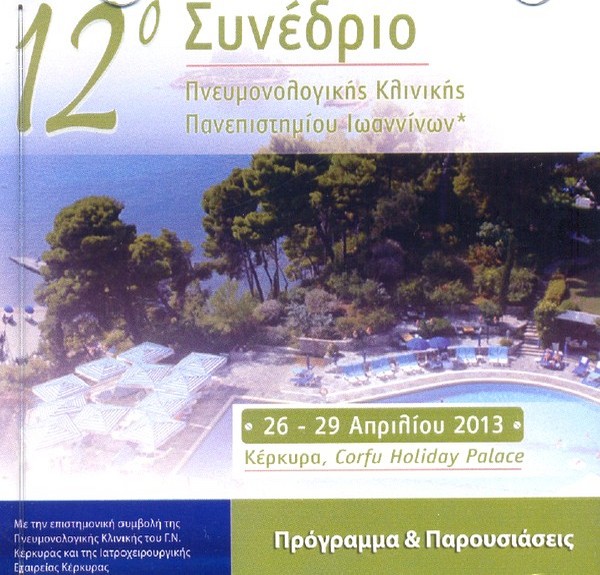
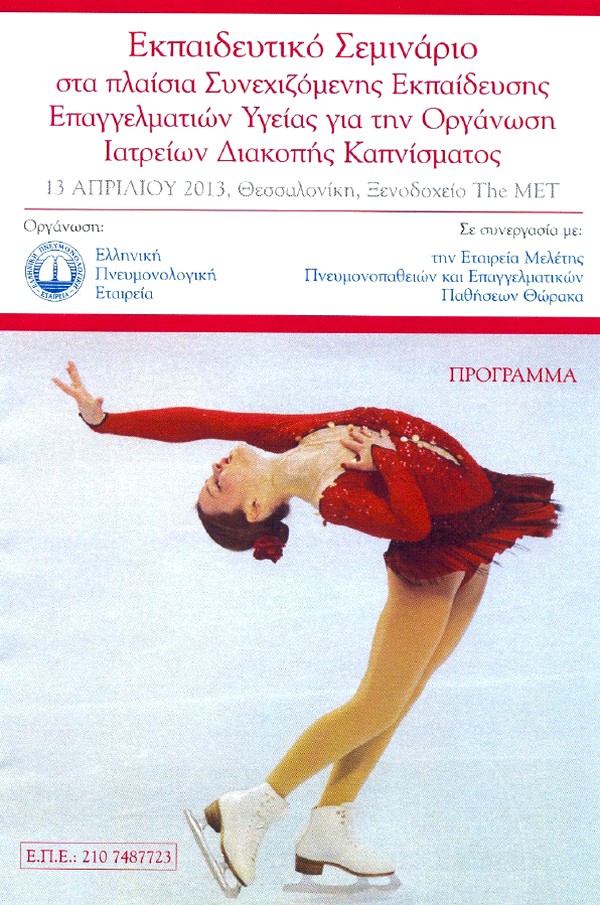

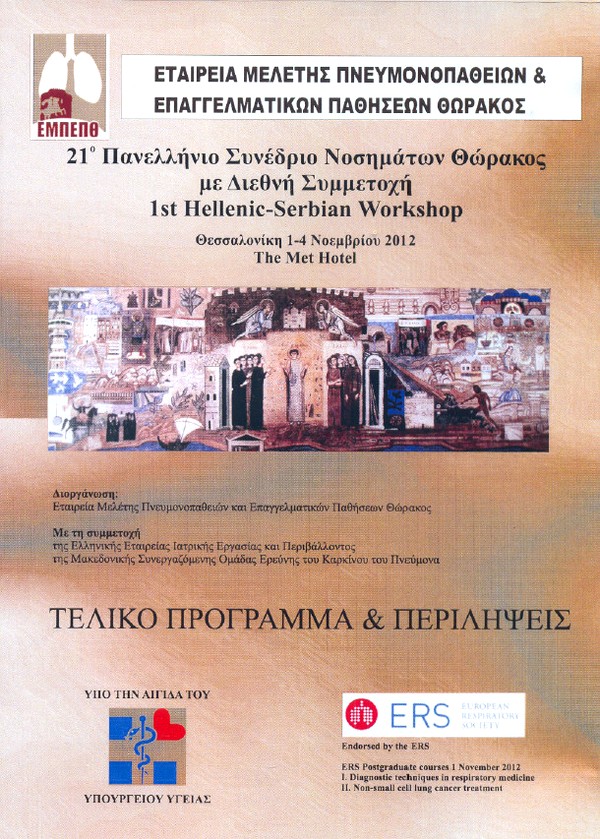
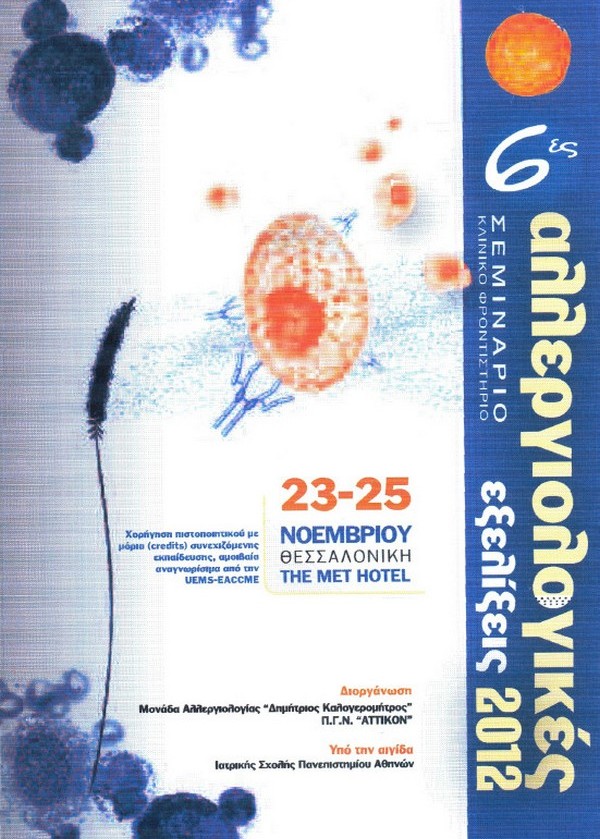
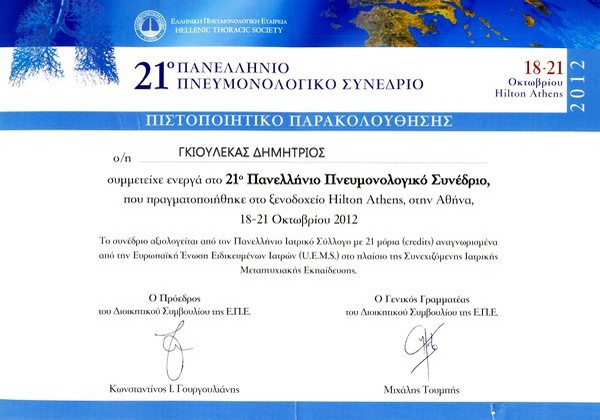
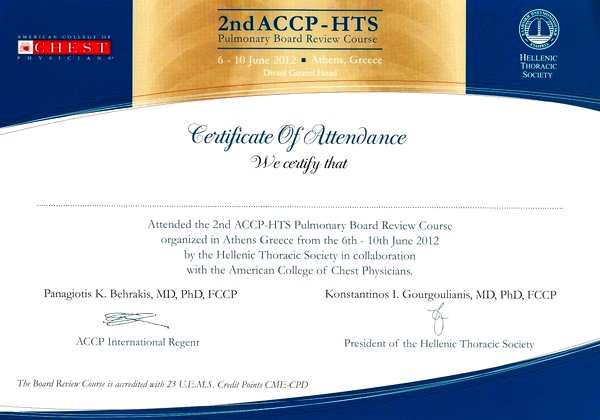
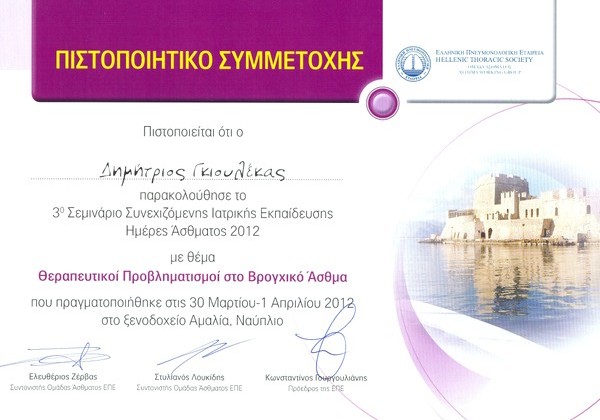
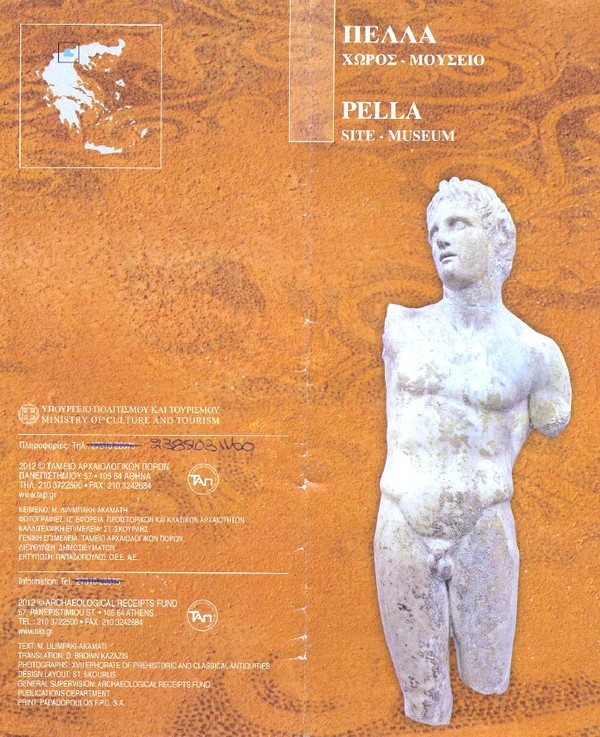
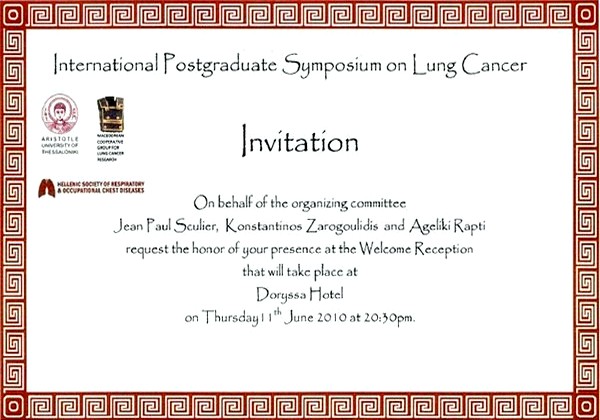
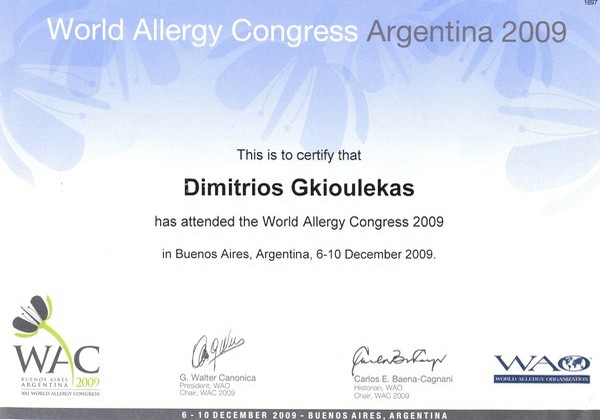
Vet Dermatol. 2012 Jun;23(3):222-e45. doi: 10.1111/j.1365-3164.2012.01052.x.
Dust mite species in the households of mite-sensitive dogs with atopic dermatitis.
Abstract
BACKGROUND:
The presence of important house dust and storage mite species in the microenvironment of
atopic dogs has not been thoroughly investigated.
OBJECTIVES:
To compare the presence and population of five dust mite species (Dermatophagoides
farinae, Dermatophagoides pteronyssinus, Acarus siro, Tyrophagus putrescentiae and
Lepidoglyphus destructor) among households with mite-sensitive atopic dogs (Group A),
households with clinically healthy dogs (Group B) and households without pets (Group C,
n=25) in Greece.
ANIMALS:
Twenty mite-sensitive atopic dogs and 20 clinically healthy dogs.
METHODS:
Dust samples were collected with a vacuum cleaner from owners' mattresses (all groups) and
from dogs' sleeping areas (Groups A and B) or living room couch (Group C), once every
season of the year. Following dust flotation, mites were counted and identified.
RESULTS:
Dermatophagoides farinae was the most prevalent (60, 40 and 64% in Groups A, B and C,
respectively), followed by D. pteronyssinus (45, 35 and 48%, respectively), whereas the three
storage mites were found in fewer households. No major differences could be found between
Groups A and B or between households with (Groups A and B) and without dogs (Group C)
egarding the presence or numbers of the five dust mite species.
CONCLUSIONS AND CLINICAL IMPORTANCE:
The presence and population of five common house dust and storage mite species does not
differ among Greek households with mite-sensitive atopic dogs, households with healthy dogs
and households without pets.
© 2012 The Authors. Veterinary Dermatology. © 2012 ESVD and ACVD.
PMID: 22575020
J Asthma. 2011 Nov;48(9):901-6. doi: 10.3109/02770903.2011.611958. Epub 2011 Sep 16.
Asthma control test is correlated to FEV1 and nitric oxide in Greek asthmatic patients: influence of treatment.
Abstract
BACKGROUND:
Asthma is a common chronic disease affecting patients' health status and quality of life.
Although recent guidelines focus on asthma control, asthma remains poorly controlled in
many patients even under specialist care. Asthma Control Test™ (ACT) is a short, simple,
patient-based tool that provides consistent assessment of asthma.
OBJECTIVE:
The aim of this study was to estimate the relationship of ACT with objective measures of lung
function and inflammation such as forced expiratory volume in 1st second (FEV(1)) and
exhaled nitric oxide (FeNO) in outpatients admitted for initial diagnosis of asthma and at
follow-up.
METHODS:
One hundred and sixty (104 women and 56 men, mean age 39.7 ± 16.6 years) asthmatic
patients with newly diagnosed asthma were included in the study. Patients completed the
ACT questionnaire and underwent a detailed clinical examination, FeNO measurement, and
prebronchodilator spirometry before (visit 1) and 4-12 weeks after initiation of treatment (visit 2).
RESULTS:
At visit 1, the mean ACT score was 21.27 ± 3.74. According to ACT score, 37 patients (23.1%)
were completely controlled, 85 patients (53.1%) were partly controlled, and 38 patients
(23.8%) were uncontrolled. Patients with uncontrolled asthma had statistically higher FeNO
values than patients with partly controlled (p = .038) and completely controlled asthma (p
= .016). ACT score was found to have a positive correlation with prebronchodilator %FEV(1)
(r = 0.177, p = .025) and negative correlation with FeNO ( r = -0.211, p = .007). At visit 2, the
mean ACT score was 23.00 ± 2.19. The change in ACT score between the two visits was
significantly correlated to changes in FEV(1) (r = 0.538, p < .001) and in FeNO (r = -0.466, p
< .001). Patients treated with inhaled corticosteroids (ICSs) showed significant improvement
in FEV(1) and in ACT score and a decrease in FeNO compared with patients without ICS
treatment.
CONCLUSION:
Although FEV(1) remains the main objective parameter for evaluating asthma, ACT score
was found to reflect lung function and inflammation in a Greek asthmatic population.
PMID: 21923284
J Asthma. 2009 Aug;46(6):625-31. doi: 10.1080/02770900903029796.
Long-term prognosis of asthma is good--a 12-year followup study. Influence of treatment.
Abstract
The number of studies on the prognosis of bronchial asthma (BA) is rather limited. The aim of the study was to determine the evolution of BA in a long-term 12-year follow-up and to investigate possible contributing factors. One hundred and sixty-three patients who visited the Out-patient Clinic for BA from 1989 to 1993 (Visit 1) were included in the study. They were reevaluated during 2003-2005 (Visit 2). At both visits, the patients filled in a special questionnaire, underwent skin tests, spirometry, methacholine challenge and they were classified into three severity groups according to GINA of 1992 as: Mild, Moderate, and Severe asthma. At Visit 1, 95 (58.3%) patients were classified in the mild asthma group, 45 (27.6%) in moderate and 23 (14.1%) in severe; whereas at Visit 2, 107 (65.6%) patients had mild asthma, 44 (27%) moderate and 12 (7.4%) severe. At Visit 1 asthma severity was associated with male gender, younger age, and the absence of rhinitis. At Visit 2 on the other hand, asthma severity was associated with older age, longer duration of disease, smoking and again the absence of rhinitis and increased BHR at both visits. Inhaled corticosteroid use correlated with improvement in lung function. Long-term prognosis of BA was good and outcome was favorably influenced by male gender, early and mild onset of disease, absence of smoking and presence of rhinitis.
PMID: 19657907
Respiration. Respiration 2009;78:177–184 DOI: 10.1159/000203989.
Bronchoalveolar Lavage Fluid Eosinophils Are Correlated to Natural Killer Cells in Eosinophilic Pneumonias
a Pulmonary Department, Aristotle University of Thessaloniki, ‘G. Papanicolaou’ Hospital, Exohi, Thessaloniki, and
b Pulmonary Department, Medical School, University of Thrace, Alexandroupolis, Greece
Abstract
Background: Eosinophilic lung diseases comprise a group of heterogeneous pulmonary disorders linked by increased eosinophils in bronchoalveolar lavage fluid (BALF). There is supporting evidence that natural killer (NK) cells participate in the regulation of eosinophilic inflammation.
Objective:
Our aim was to investigate the relationship between eosinophils
and NK cells in BALF in patients with different interstitial
lung diseases (ILDs) focusing on eosinophilic pneumonias.
Methods:
Of 114 patients who presented with
increased BALF eosinophils (>5%), 74 patients were classified
into the following groups: 27 had eosinophilic pneumonia
(EP), 17 had idiopathic pulmonary fibrosis (IPF), 16
had hypersensitivity pneumonitis (HSP) and 14 had cryptogenic
organizing pneumonia (COP/BOOP). Total BALF cells,
cell density and cell differential counts were assessed and
lymphocyte subsets CD3+, CD4+, CD8+, CD19+, CD3–
CD16/56+ (NK) and CD3+CD16/56+ (NKT) were determined
by flow cytometry.
Results:
Significant differences were
observed in the percentages of lymphocytes (p<0.001) and
CD3+CD16/56+ cells (p = 0.023) among patient groups. In
patients with EP, the percentage of eosinophils correlated
positively with the number of CD3–CD16/56+ cells (r = 0.522,
p = 0.005), the percentage of CD3–CD16/56+ cells (r = 0.690,
p ! 0.001), and the absolute count of CD3+CD16/56+ absolute
cells (r = 0.609, p = 0.001). However, in patients with IPF,
HSP or COP/BOOP, no correlation between the percentage
of eosinophils and CD3–CD16/56+ or CD3+CD16/56+ cells
was observed.
Conclusions:
Eosinophil inflammation seems
to develop through a different pathway in EP compared toother ILDs.
J Investig Allergol Clin Immunol. 2005;15(3):211-5.
Hypoxemia: an early indication of pigeon breeders' disease. Clinical and laboratory findings among pigeon breeders in the Salonica area.
Pulmonary Clinic, Aristotle's University of Thessalonica Laboratory for the Investigation of Environmental Diseases Exochi, Thessalonica, Greece
Abstract
The purpose of this study is to identify pathological findings among pigeon breeders in the Salonica area. Fifty-four volunteer breeders with varying intensity of contact with pigeons participated in the study. All the breeders, after filling in a questionnaire that included questions about the existence of conjunctivitis, rhinitis, chronic cough and sputum, were subjected to clinical examination and spirometric, hematological (arterial and venous), radiographic and immunologic tests. Twenty-five point nine percent of the breeders suffered from conjunctivitis, 31.5% from rhinitis and 33.3% from chronic cough and sputum. Fourteen point eight percent of them had class I precipitins, 7.4% had class II, 5.6% had class III and 16.7% had class IV and a positive correlation of precipitin class with the number of pigeons bred was found. Seven breeders (13%) had hypoxemia at rest and other 8 (14.8%) presented with hypoxemia after the exercise testing. Two breeders presented with a combination of findings of allergic alveolitis that satisfied the criteria of the Pigeon Breeders' Disease (PBD). A substantial number of the examined pigeon breeders were sensitized to pigeon serum antigens. Arterial hypoxemia, either at rest and/or after exercise was observed in 27.8% of breeders. Three point seven percent of breeders presented with clinical and laboratory findings consistent with PBD. Chronic cough and sputum in pigeon breeders should be considered as a possible manifestation of PBD.
PMID: 16261958
Allergy. 2003 Sep;58(9):933-8.
15-year aeroallergen records. Their usefulness in Athens Olympics, 2004.
Abstract
INTRODUCTION:
About 5-25% of 16 000 athletes involved in preparation for the Athens 2004 Olympics may
encounter respiratory allergy (asthma and rhinoconjunctivitis) triggered by exposure to
aeroallergens (pollen and fungi spores).
AIM:
Provide information about circulating aeroallergens in three Olympic cities and ensure safety
for the allergic athletes who will visit Greece from January to September 2004.
METHODS:
Aeroallergens were recorded using a Burkard volumetric trap. The most frequently implicated
pollen (cypress, hazel, wall pellitory, plane, olive, grasses, goosefoot and mugwort) and fungi
spores (Alternaria spp., Cladosporium spp.) are presented. These data derive from a 15-year
database created by the Pulmonary Department, Thessaloniki, a 2-year database (University
of Heraklion-Crete) and a 6-year database by the Pediatric Department, Athens. The above
data and the current aeroallergen counts will be continuously announced by the mass media
and Internet during the Athens 2004 Olympics.
RESULTS:
Are expressed as: (A) Presentation (Graphs, Tables) of the fluctuation of mean daily values of
pollen grains or fungi spores/m3. (B) Presentation (Tables) of the start, peak and end time of
aeroallergen circulation. Peak pollen concentrations were observed between March and May
(athletes preparation time). During the 2004 Olympics (August-September) relatively high
concentrations of goosefoot, mugwort, Alternaria and Cladosporium will be observed.
Aeroallergens circulate in Athens 10-15 days earlier than in Thessaloniki and 10 days later
than in Heraklion.
CONCLUSIONS:
The data presented in the study are expected to help allergic Olympic athletes achieve peak
performance under prophylactic measures.
PMID: 12911424
 Δείτε περισσότερες εργασίες στο Dropbox
Δείτε περισσότερες εργασίες στο Dropbox
Μαίος 1993. Η πρώτη διάκριση που μας δόθηκε, ήρθε από το υψηλού κύρους Περιοδικό “Care & Cure Communications” που πρόβαλε στα ιδιαίτερα θέματά του «Dear Collegue” την δημοσιευμένη εργασία μας στο Περιοδικό “Respiration” με Τίτλο «Influence of Pindolol on Asthmatics and Effect of Bronchodilators» D.Giulekas και συν.Respiration 1986; 50: 158. Η προβολή αυτή έγινε 7 χρόνια μετά από την δημοσίευσή της, σημαντική ένδειξη του πόσο πρωτοποριακή ήταν η εργασία μας.
Απρίλιος 1995. Βράβευση με το 1ο Βραβείου του 10ου Βορειοελλαδικού συνεδρίου στη Θεσσαλονίκη της επιστημονικής εργασίας μας «Αεροβιολογική καταγραφή και κλινικές παρατηρήσεις για σπόρια μυκήτων με αλλεργιολογικό ενδιαφέρον στην περιοχή Θεσσαλονίκης».
Απρίλιος 2002. Βράβευση με το 1ο Βραβείο του 17ο Βορειοελλαδικού συνεδρίου στη Θεσσαλονίκη της επιστημονικής εργασίας μας «15 χρόνια αεροβιολογικές καταγραφές γύρεων στην περιοχής Θεσσαλονίκης. Σχέσεις με μετεωρολογικές παραμέτρους και κλινική τους σημασία»
Απρίλιος 2002. Βράβευση με το 3ο Βραβείο (`Επαινος) στο 8ο Πανελλήνιο Επιστημονικό Συνέδριο Φοιτητών Ιατρικής στα Ιωάννινα με την Εργασία μας «`Ασθμα μετά από κόπωση σε ασθματικό πληθυσμό της Θεσσαλονίκης».
Σεπτέμβριος 2002. Ιδιαίτερη διάκριση από ειδικό συμβούλιο του γραφείου τύπου του Πανευρωπαϊκού Συνεδρίου Πνευμονολογίας (ERS) που έγινε στη Στοκχόλμη, της εργασίας μας “15-year aeroallergen records. Their usefulness in Athens Olympics, 2004”.
Κατεβάστε από εδώ την παρουσίαση της Διατριβής της Πασχαλίνας Γκιουλέκα με θέμα «Παχυσαρκία & Άσθμα».
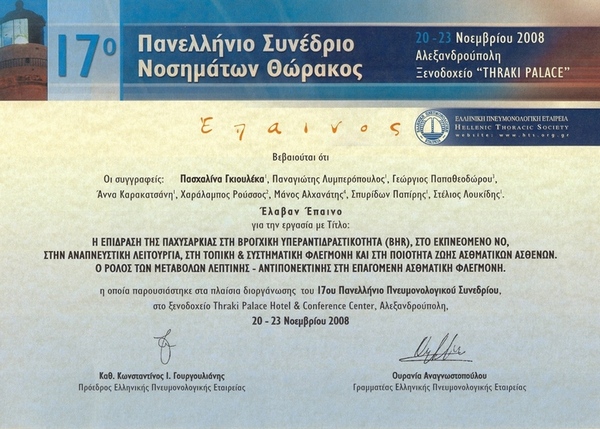
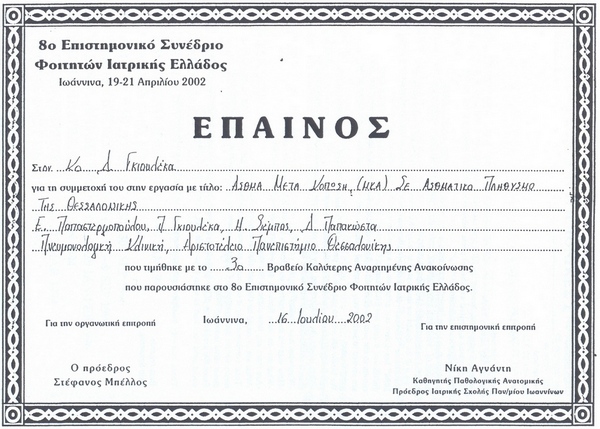
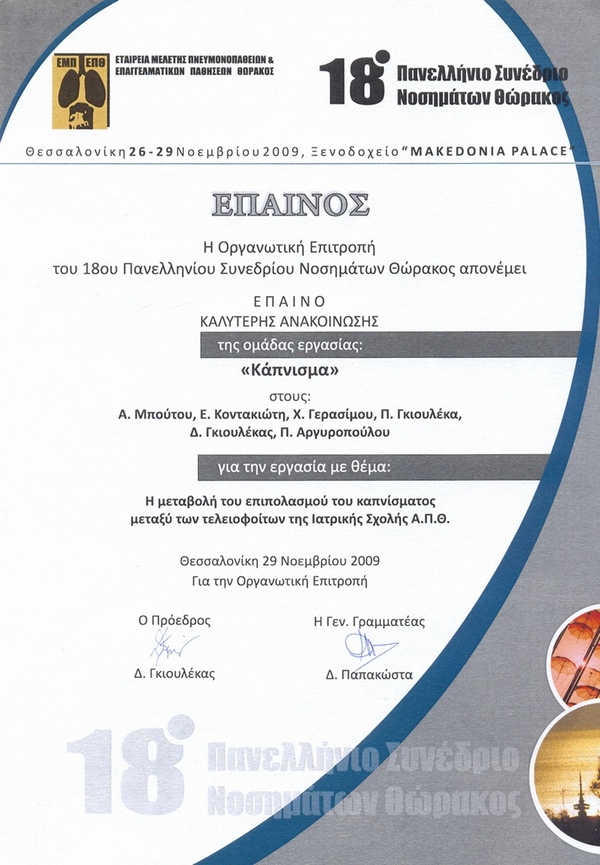
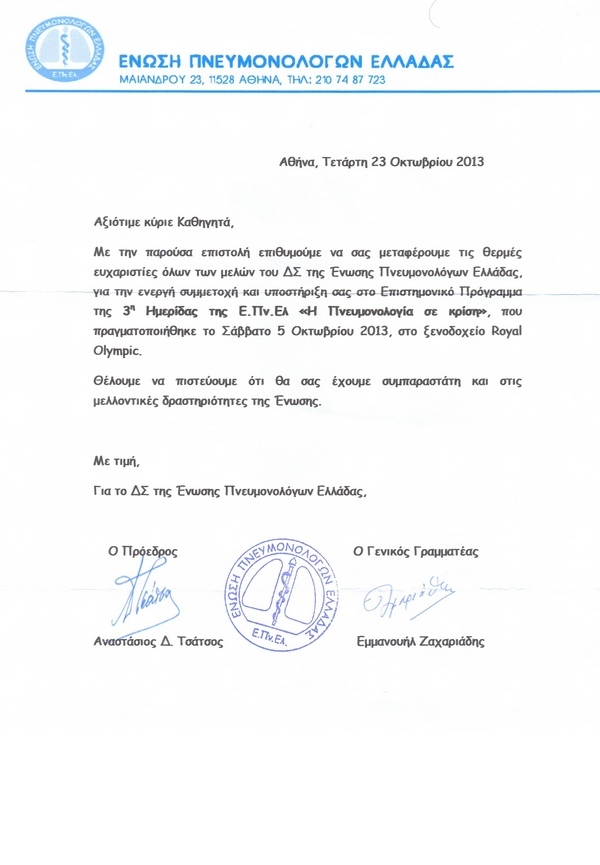
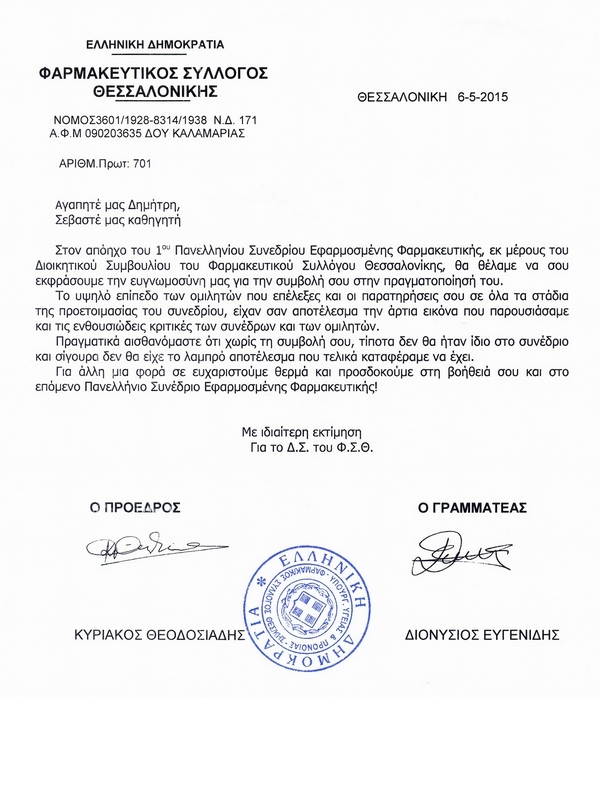
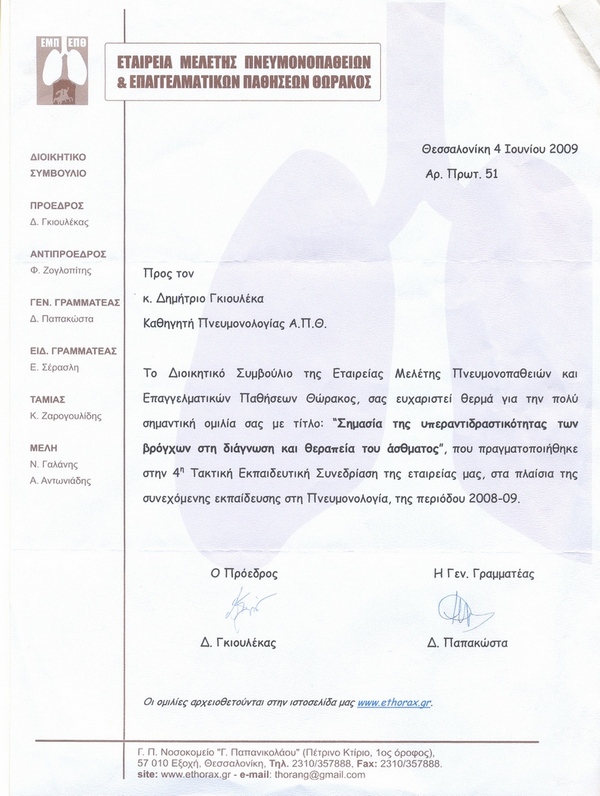
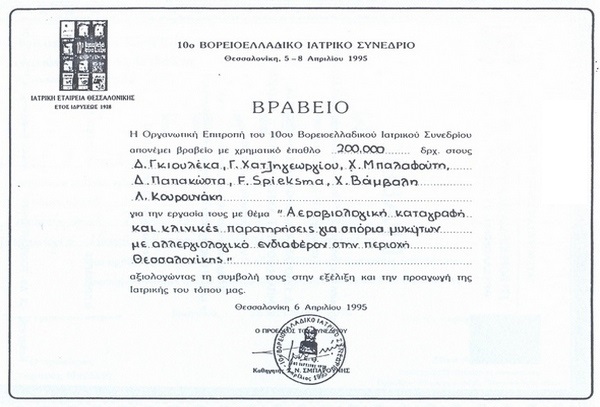
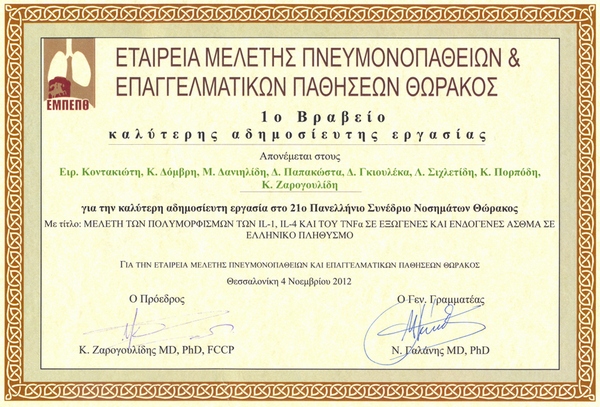
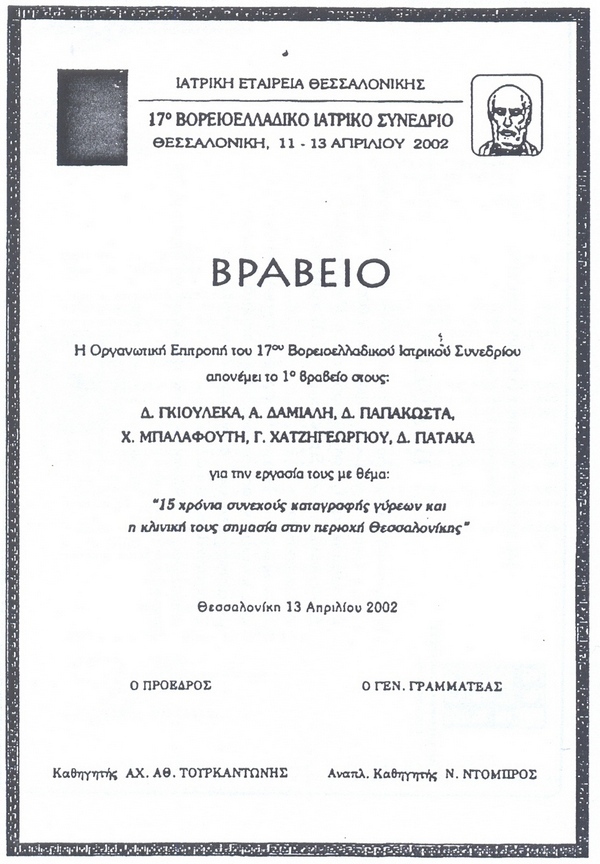
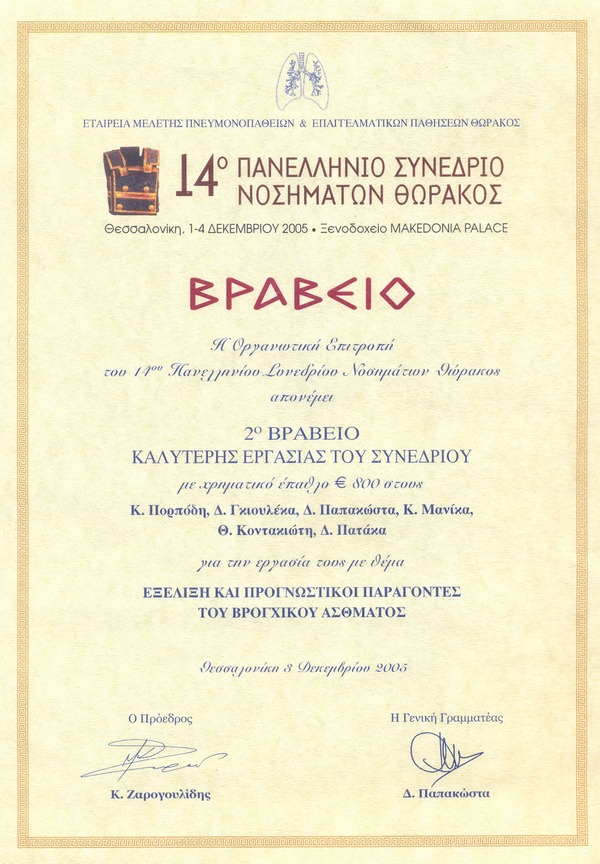


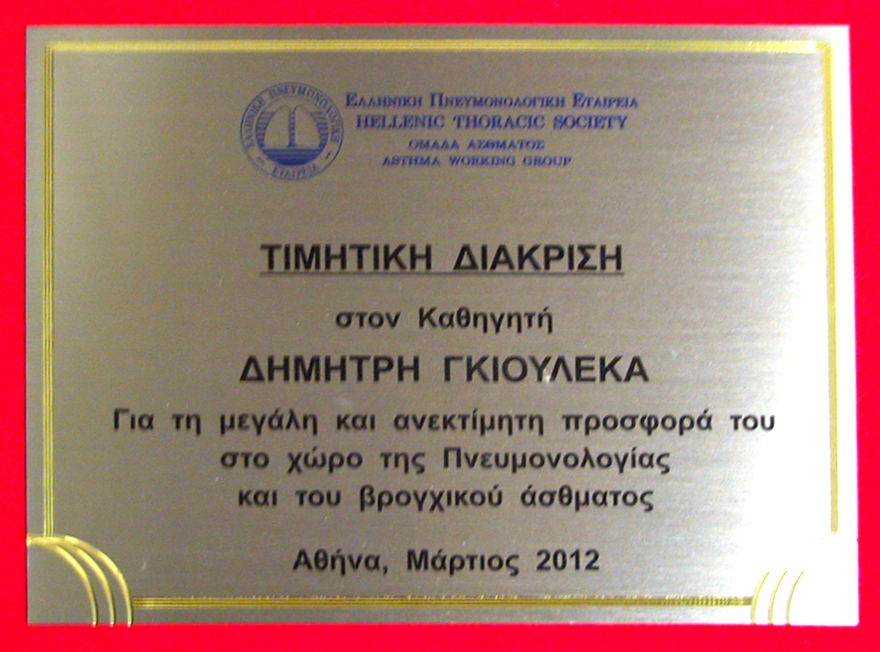
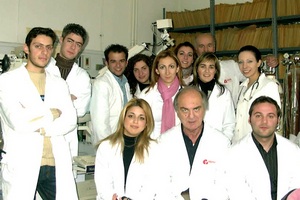

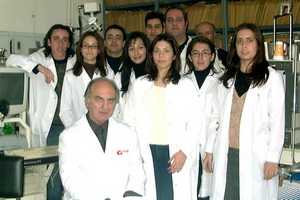



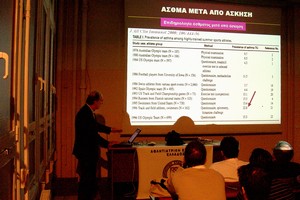
 Δείτε περισσότερες φωτογραφίες στο Dropbox
Δείτε περισσότερες φωτογραφίες στο Dropbox






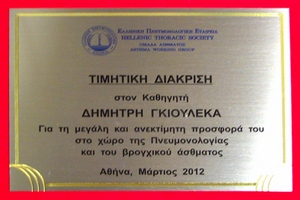
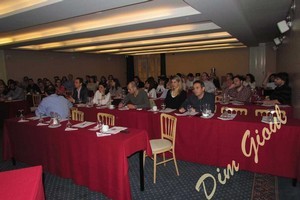



 Δείτε περισσότερες φωτογραφίες στο Dropbox
Δείτε περισσότερες φωτογραφίες στο Dropbox
Πανευρωπαϊκή Πνευμονολογική Εταιρεία (European Respiratory Society)
Αμερικανική Εταιρεία Θώρακος (American Thoracic Society) με τις σταθερά ανανεωμένες θέσεις της ΑΤS για παθήσεις θώρακος.
Ελληνική Πνευμονολογική Εταιρεία
Περιοδικό «Πνεύμων», οργάνου της Ελληνικής Πνευμονολογικής Εταιρείας.
Εταιρεία Μελέτης Πνευμονοπαθειών & Επαγγελματικών Παθήσεων Θώρακος.
Ομάδα Άσθματος της Ελληνικής Πνευμονολογικής Εταιρείας που αναφέρεται αποκλειστικά στο άσθμα.
Στοιχεία κυκλοφορίας αεροαλλεργιογόνων στην Ελλάδα
Χρόνια Αποφρακτική Πνευμονοπάθεια (Global Initiative for Chronic Obstructive Lung Disease)
Παγκόσμια Οργάνωση Υγείας (World Health organization). Αφορά στη Φυματίωση
Αντιφυματικό τμήμα του ΓΝ «Σωτηρία», Αθήνα. Αναφέρεται αποκλειστικά στη φυματίωση
Ελληνική Αντικαρκινική Εταιρεία
Μεταπτυχιακά Σεμινάρια Πνευμονολογίας της Ελληνικής Πνευμονολογικής Εταιρείας
 |
BRITISH MEDICAL JURNAL
The Respiratory Medicine Collection |
Κοινωνικές εκδηλώσεις
Κοπή Πίτας 2009 της Εταιρείας Μελέτης Πνευμονοπαθειών και Επαγγελματικών Παθήσεων Θώρακα
επί Προεδρίας Δημήτρη Γκιουλέκα
Κοπή Πίτας 2010 της Εταιρείας Μελέτης Πνευμονοπαθειών και Επαγγελματικών Παθήσεων Θώρακα
επί Προεδρίας Δημήτρη Γκιουλέκα